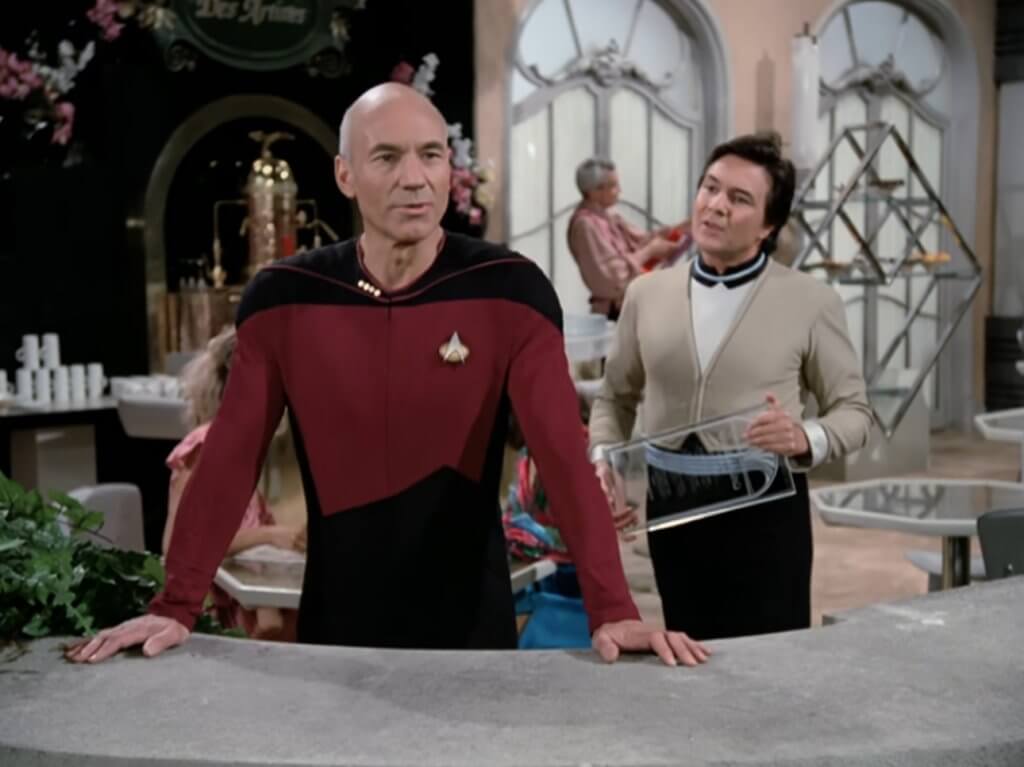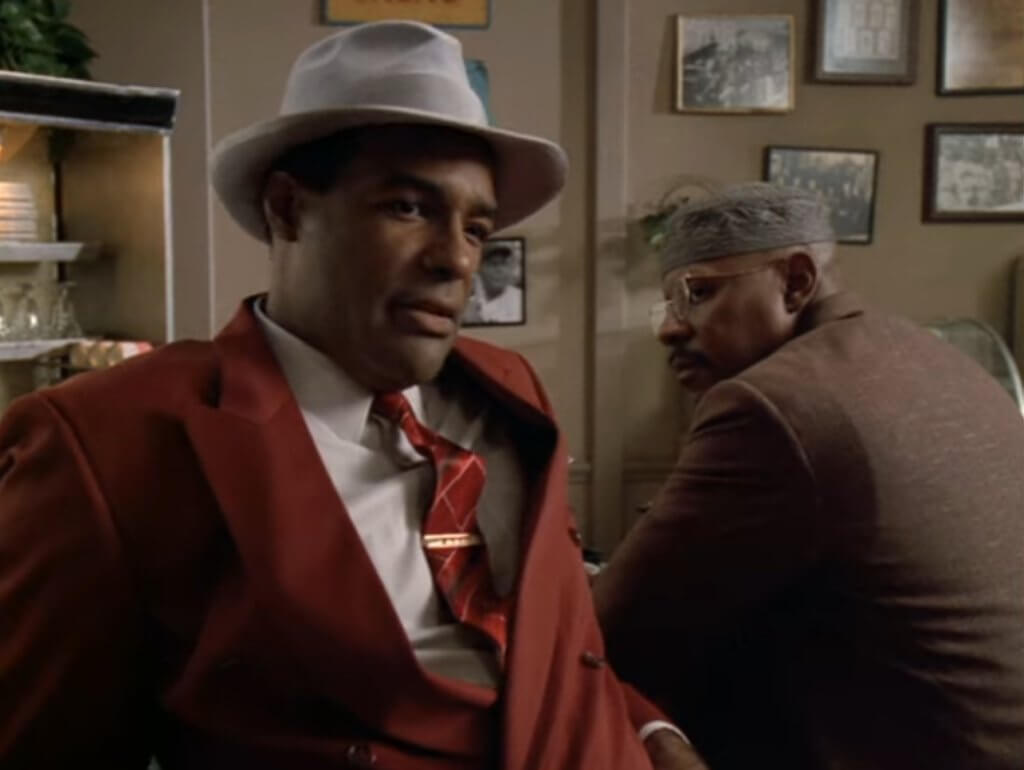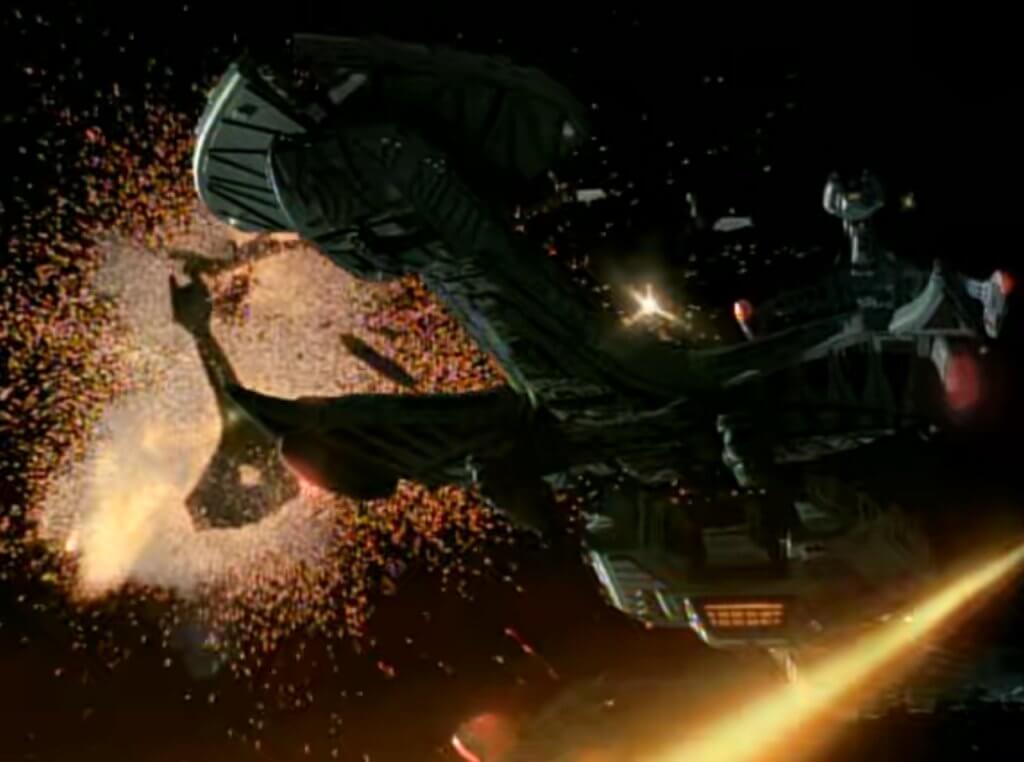“I’ve said it once and I’ll say it again, we’re here to make quality television.” That is what Ira Steven Behr, showrunner of Star Trek: Deep Space Nine (DS9) said in the companion book to the television series, setting the stage for one of the highest acclaimed television shows the series had seen, and has yet to match.
From Star Trek’s inception in 1965, collections of different crews across different starships across time have had their stories highlighted on the big screen. After a brief hiatus in 2005 after the conclusion of Star Trek: Enterprise, Paramount and CBS have joined together under showrunner Alex Kurtzman to attempt a new batch of television shows, revamping Star Trek for another shot at the stars.
If this latest series of Star Trek shows had a quarter of the production value, writing or dedication in any facet of its assembly, there would not be a problem. Instead, if you are a fan of what once made Star Trek great, you have much to fear. Take Star Trek: Picard (PIC), which has an otherwise well adjusted concept for a show.

A key character of a previous series and an icon of ‘Berman Era’ Star Trek, Picard could have explored various plotlines about the intricacies of old age and its relationship to family and relationships, how Picard might have developed since the multiple decades from the last time audiences had seen him in Star Trek: Nemesis.
Instead, Picard is displayed as a rough and tumble action hero, saving the galaxy from a series of imminent threats. Patrick Stewart, the actor for Picard, is 81 years old. He is not getting any younger, and certainly feels out of place doing set pieces designed for a man triply as young. Besides, this is not what Star Trek has been about in the first place.
In contrast to the ‘villain of the week’ and doomsday plotlines of modern sci-fi writing, Star Trek made some of the most critically acclaimed and striking allegories and transformative fiction on television at the time. Take ‘Far Beyond The Stars’ for instance, a striking story about the difficulties of being a Black sci-fi writer in the 1950s through the eyes of Captain Benjamin Sisko.

The issues don’t stop at the quality of the plot, but also the consistency of the world of Star Trek. There is poverty and classism on Earth in PIC, with the character of ‘Raffi’ chastising Picard for having more wealth than her. Not only is this a plothole, but it’s one that has no writeoff explanation to it. In the world of Star Trek, the people of earth live in a post-scarcity environment, meaning they have no use for money, and can get all they need from a replicator.
“A lot has changed in the past 300 years. People are no longer obsessed with the accumulation of things. We’ve eliminated hunger, want, the need for possessions. We’ve grown out of our infancy,” Captain Picard said in an episode of ‘The Next Generation’ from 1988.
These are just two examples of an infinite amount more, not to mention the hundreds of copy-and-paste ships at the end of a PIC episode in comparison to the excruciating practical model work done by the production staff on DS9.

I have long since given up on modern Star Trek, and my wishes for it to be better are always going to fall on deaf ears. The old Star Trek shows, which I highly recommend, are on Netflix and CTV’s online portal.
Alex Kurtzman, do better.

